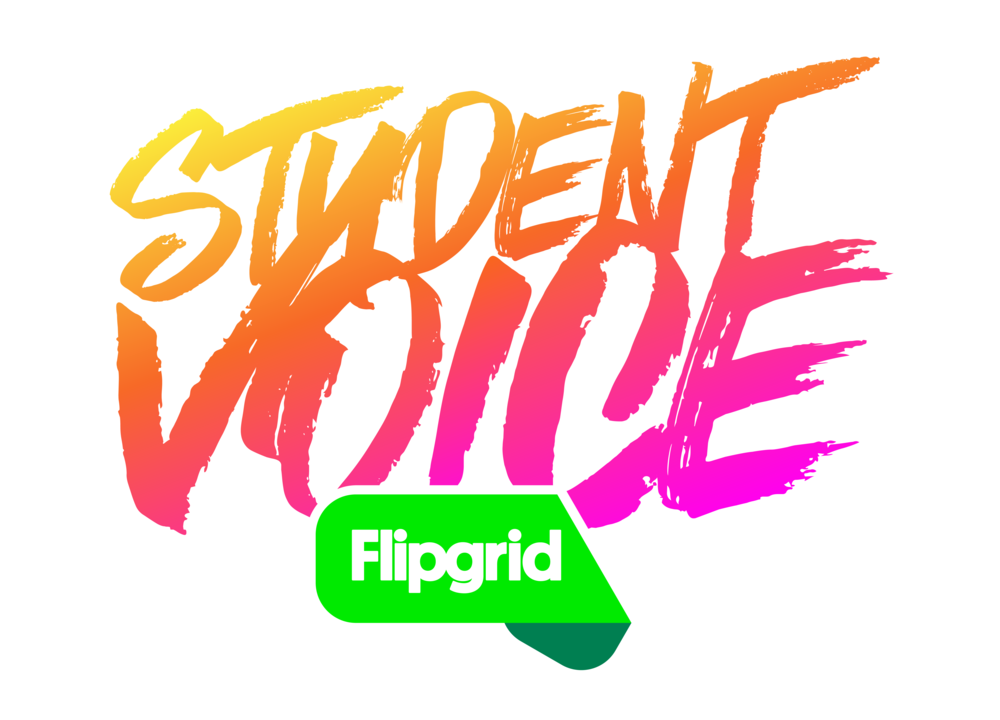
By: Shannon N. Tabaldo
Now that we are all teaching online this semester, are you wondering how you will hear your students voice in their work? How will you know if they are “getting it” as they wrestle with concepts you are asking them to reflect on? I have been teaching in the School of Education for eight years and online for seven of those. The questions for all of us that teach online in any capacity are: how do we know if our students are understanding the concepts we are introducing; how do they engage in meaningful discussions; and how can we connect with our students when we can’t be with them?
I can tell you that introducing Flipgrid to my students was a gamechanger for all of us.
Flipgrid is an online platform that allows all students to have a voice in the online classroom. The platform allows for authentic student discussion and reflection – using video, audio and images. Students can post, reply and like each other’s videos, and professors can reply publicly or privately to the students. Flipgrid is the best online discussion tool out there and it is part of our LMU Microsoft Office365 Suite.
When it comes to knowing the students in my online courses, I feel closer to them than to those I taught in person. To start with, I use Flipgrid for icebreakers and introductions. Students post videos in Flipgrid with the typical “getting to know you” type of post. I ask the students to find what they have in common based on their posts – already, they are beginning to make connections with one another.
When I want students to engage in meaningful discussions, I use Flipgrid. I post the discussion prompt in Flipgrid as a Topic in my Group (I make a Group for each course I teach) and students reply to it using a discussion rubric, just as if I had posted it in BrightSpace. When students reply to each other, there is a student voice, literally, they can use examples, they can show or attach images to the post, and, most importantly, they can engage in meaningful dialogue in an asynchronous manner. As the professor, I can chime in or just watch the magic unfold. I like using Flipgrid as a formative assessment tool.

Finally, sometimes we might wonder if our students are engaging with the materials themselves. While there are programs that look for plagiarism, I have found that hearing a student explain their thinking in their own words is a way to be more authentic. I have used the word “authentic” more than once, but I really feel it to be true. With my students, I can hear their understanding, or confusion, and respond appropriately. Often, other students will chime in before I do and help their classmates, building on our class community.
If you are interested in Flipgrid check out this YouTube Video of a Webinar I co-hosted https://youtu.be/vFsIN3kiHS0 on using Flipgrid in Higher Education.
You can sign up for Flipgrid https://signup.flipgrid.com/from/Prof.3370 using your LMU credentials under the Microsoft option.
If you would like more information about Flipgrid, please do not hesitate to reach out.
Shannon N. Tabaldo is the Founding Director of the iDEAL Institute and Director of Digital Curriculum Integration and Development for the School of Education at Loyola Marymount University. Shannon is the co-host of the My Tech Toolbelt podcast, an internationally recognized podcast that highlights teachers who innovate, engage, and inspire by using technology in their classrooms. You can find them at www.mytechtoolbelt.com or @MyTechToolbelt on Twitter and Instagram. Shannon is on Twitter @TabaldoOnTech.



